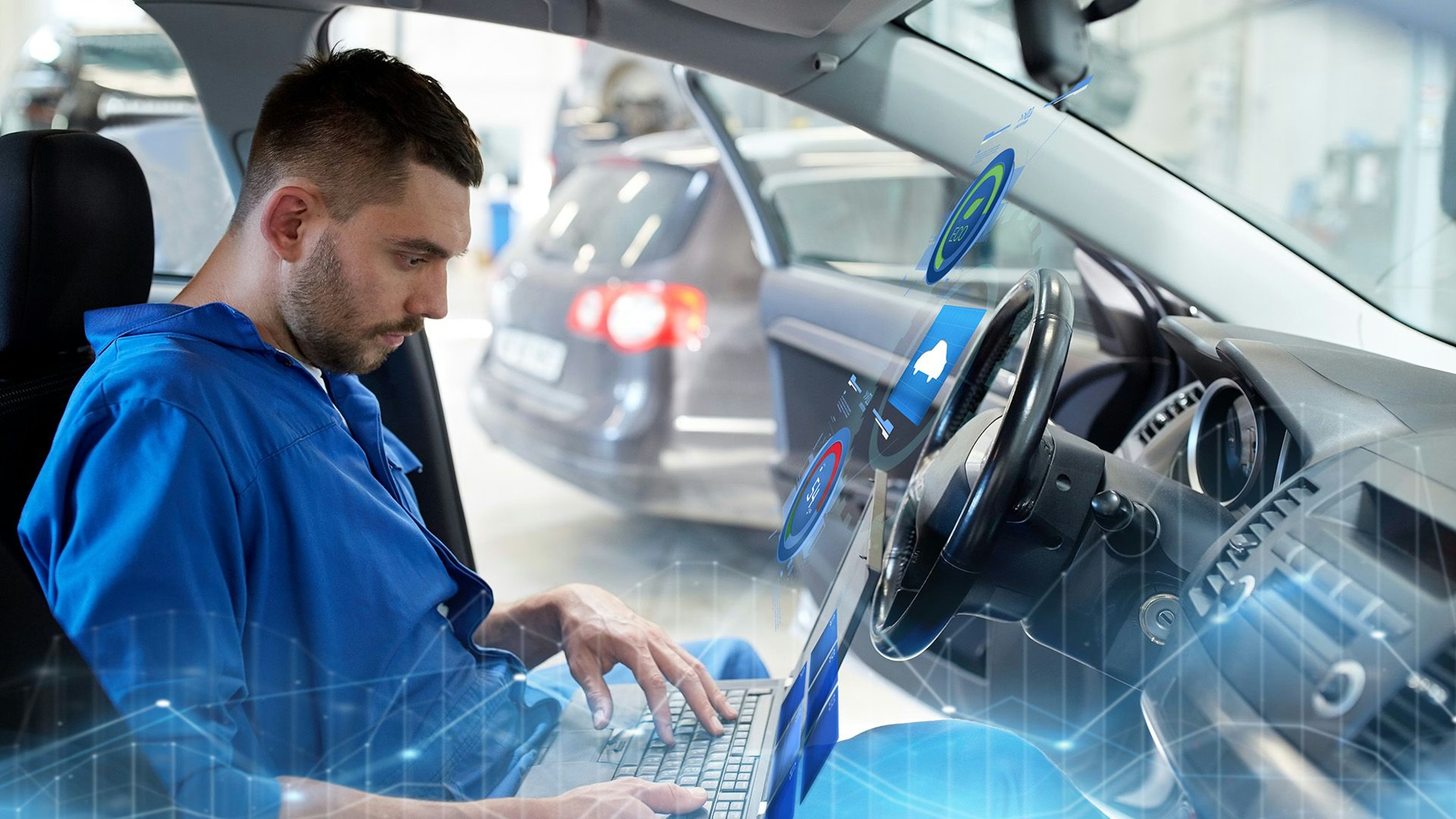Trends in the security industry
The security industry's alignment with major IT industry trends continues in 2017, Axis writes.

The security provider Axis identifies five key trends for 2017. These are:
1. cybersecurity
2016 was not a particularly good year for many IoT (Internet of Things) devices. Large-scale cyberattacks, such as the Mirai botnet, specifically exploited device weaknesses. This also affected countless security cameras and recorders. Spurred on by the success of this botnet, numerous copycats are also expected in 2017.
Companies and end users alike need to pay more attention than ever to the security of their network products. This includes not only carefully vetting the manufacturer before purchasing security products, but also performing regular updates and necessary patches.
After all, cybersecurity means not only selling a product that is currently considered "secure", but also installing all the necessary patches and updates over the lifetime of the product. The manufacturers' task here is to make these available to users in a simple manner.
The security of network products will not only be an issue in 2017, but will accompany all IT processes over a long period of time. In general, sensitivity in the security industry has increased, but it is still far from reaching the required level.
2. advanced analysis capabilities promote deep learning
High-quality video raw material represents a core function of modern video surveillance cameras. But that is not enough, because the information collected must ultimately be assessed and analyzed before a decision can be made. Next year, therefore, the importance of analytics will continue to grow. Combined with more advanced technologies such as thermal imaging and improved recording quality in low-light conditions, this will allow security challenges to be addressed more comprehensively. These include, for example, facial recognition, forensic analysis or perimeter protection.
Thinking beyond 2017, this development will also open the door to the fields of artificial intelligence as well as Deep Learning in the security market. With Deep Learning, analyses are increasingly automated and their quality optimized. In this context, it means that computers learn which behavior is typical for certain locations or environments and which deviates from it - i.e., should trigger an alarm - based on the combination of collected metadata and users' reactions. One possible scenario: in an alarm center, security personnel must verify or falsify each alarm. If an alarm is repeatedly declared as a false alarm, the system can learn this and independently assess this type of incident as "false" in the future.
3. passive video security versus integrated solution
Physical security is not only about the observation of people, places or processes, but often also about active intervention. This happens, for example, when security personnel are directly on site and see an intruder on the camera images. This can also be done over long distances. The approach is made, for example, via a loudspeaker, spotlights or an access control system. In 2017, the focus will therefore remain on efforts to increasingly combine hardware and software into end-to-end solutions. These will consist of high-performance cameras, storage devices and access control systems tightly integrated with video management and analytics tools. Video surveillance in general will evolve from a purely passive technology to an integrated solution with active components. This approach is more efficient, makes it easier for customers to use on a day-to-day basis, and improves ROI.
4. security as a service
As camera technologies continue to evolve, customers are increasingly looking to "security as a service" offerings rather than individual hardware components connected to a network for their physical security in the near future. Total packages, such as outsourcing all security monitoring to an external company, are becoming more popular for certain security issues.
5. high resolution cameras
4K has been touted as the "Next Big Thing" for years. But the focus here is not just on higher quality optics and sensors in the camera. Video compression technologies are also improving tremendously, storage space is becoming cheaper, and combined with affordable HD monitors and encoders, this makes 4K video surveillance cameras the best choice for situations where resolution and detail are essential.
Building high-resolution cameras is not difficult; ultimately, the sensor resolution primarily defines them. What is difficult, however, is to process the higher resolutions correctly from a forensic point of view. In 2017, Axis expects camera technology in the 5-megapixel range to reach levels that today are only prevalent in HDTV 720p and 1080p cameras.









